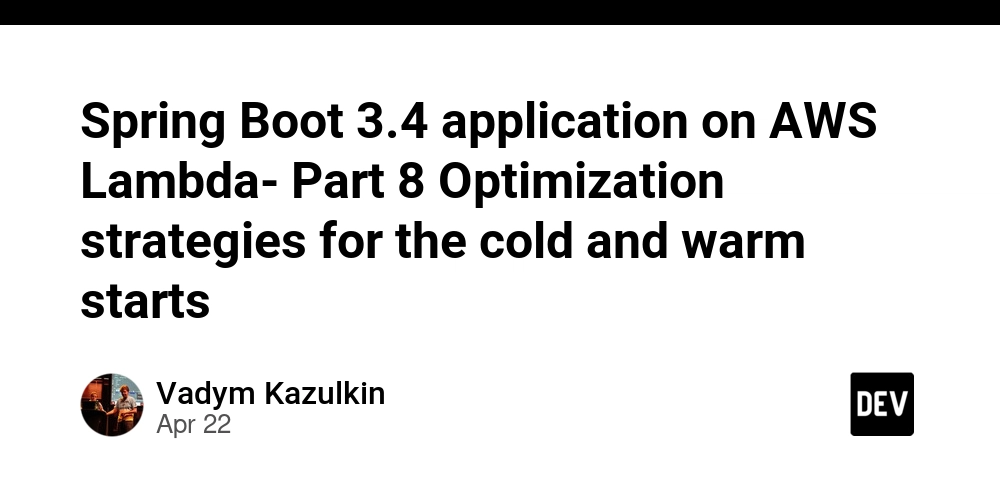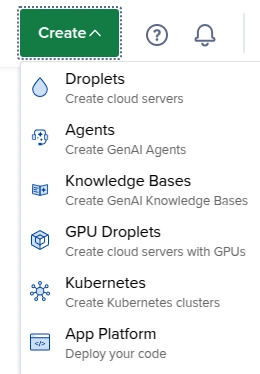Penetration Testing And Threat Hunting: Key Practices For Security Leaders
In today’s cybersecurity landscape, organizations face increasingly sophisticated attacks from adversaries ranging from opportunistic hackers to state-sponsored threat actors. With a significant percentage of organizations having experienced an exploit or breach, security leaders must adopt proactive approaches to identify vulnerabilities and detect hidden threats. Penetration testing and threat hunting represent two complementary strategies that, when […] The post Penetration Testing And Threat Hunting: Key Practices For Security Leaders appeared first on Cyber Security News.

In today’s cybersecurity landscape, organizations face increasingly sophisticated attacks from adversaries ranging from opportunistic hackers to state-sponsored threat actors.
With a significant percentage of organizations having experienced an exploit or breach, security leaders must adopt proactive approaches to identify vulnerabilities and detect hidden threats.
Penetration testing and threat hunting represent two complementary strategies that, when implemented effectively, significantly strengthen an organization’s security posture.
This article explores key practices for implementing these essential security functions and maximizing their effectiveness.
Understanding Penetration Testing
Penetration testing (pentesting) simulates cyberattacks against an organization’s IT infrastructure to identify and address vulnerabilities before malicious actors can exploit them.
It is a specialized type of assessment conducted on information systems or individual system components to identify weaknesses that could be exploited by adversaries.
Unlike traditional vulnerability scanning, pentesting involves active exploitation attempts to determine the real-world impact of security weaknesses.
The value of penetration testing extends beyond simply finding vulnerabilities.
A successful penetration test provides organizations with insights into their security posture, validates the effectiveness of existing controls, and helps prioritize remediation efforts based on actual risk.
The cost of a security breach continues to increase yearly, making proactive vulnerability identification through pentesting a critical investment.
Best Practices For Effective Penetration Testing
Effective penetration testing requires careful planning and execution.
First, organizations must clearly define objectives and scope, ensuring penetration testers understand what systems are in-bounds and what techniques are permitted.
This preparation phase should include establishing rules of engagement to ensure tests are conducted ethically and legally.
Pentesting methodologies typically follow distinct phases: planning, discovery, attack, verification, and reporting.
The discovery phase involves both passive reconnaissance (gathering publicly available information) and active reconnaissance (directly interacting with target systems).
During the attack phase, pentesters exploit identified vulnerabilities to demonstrate potential impact, followed by verification to confirm findings and eliminate false positives.
The final deliverable a comprehensive report is perhaps the most critical component.
A valuable pentest report includes detailed findings, exploitation paths, business impact assessments, and specific remediation recommendations prioritized by risk.
This documentation enables security teams to address vulnerabilities systematically and demonstrate security improvements to stakeholders.
The Power Of Proactive Threat Hunting
While penetration testing focuses on identifying vulnerabilities before they’re exploited, threat hunting assumes adversaries have already infiltrated the network and proactively searches for evidence of compromise.
Threat hunting is the process of repeatedly searching a hypothesis-based data collection, analytics, or operational environment including networks, systems, devices, and endpoints to identify anomalous or suspicious activities or behaviors.
This practice has gained significant traction recently, with many organizations ranking proactive threat hunting as a priority for their security programs.
Unlike traditional security monitoring, which relies on alerts triggered by known signatures or behaviors, threat hunting leverages human analysts’ creativity and expertise to identify threats that evade automated detection methods.
Implementing A Threat Hunting Program
Successful threat hunting begins with developing a hypothesis based on threat intelligence, organizational context, and security insights.
These hypotheses focus investigations on specific adversary tactics, techniques, and procedures likely to target the organization’s critical assets.
Essential components for effective threat hunting include:
- Data collection infrastructure that aggregates logs from diverse sources, including endpoints, networks, and cloud environments.
- Security monitoring tools, including Security Information and Event Management (SIEM) solutions and Endpoint Detection and Response (EDR) platforms.
- Threat intelligence feeds that provide context about emerging threats and attacker methodologies.
- Analytical capabilities, both human and automated, to identify patterns and anomalies.
The threat hunting process follows a structured approach: hypothesis formulation, data collection, trigger identification, investigation, and resolution.
When threats are discovered, hunters gather comprehensive information before executing the incident response plan, using findings to improve future detection capabilities.
Integrating Penetration Testing And Threat Hunting
Penetration testing and threat hunting represent opposite sides of the security spectrum prevention versus detection yet they complement each other perfectly when integrated into a comprehensive security strategy.
Penetration testing identifies potential entry points and vulnerabilities that threat hunting teams should monitor, while threat hunting discovers evasion techniques that penetration testers can incorporate into their methodologies.
For maximum effectiveness, organizations should coordinate these functions through shared intelligence and collaborative planning.
Penetration testing findings should inform threat hunting hypotheses, while threat hunting discoveries should influence future penetration test scenarios.
This bidirectional information flow creates a continuous improvement cycle that strengthens the organization’s overall security posture. Both practices require specific skill sets.
Penetration testers need strong technical capabilities in network architecture, application security, and exploitation techniques, while threat hunters require expertise in behavioral analysis, forensics, and threat intelligence.
Organizations may develop these capabilities internally or partner with specialized security providers based on their resources and security maturity.
The return on investment for these security functions comes through reduced risk exposure, faster threat detection, and ultimately decreased breach likelihood and impact.
By identifying vulnerabilities before exploitation and detecting threat actors before they achieve their objectives, organizations significantly reduce potential financial and reputational damage.
Security leaders should view penetration testing and threat hunting not as discrete activities but as essential components of a mature security program that evolves from passive defense to active threat detection and mitigation.
Together, they provide the visibility and proactive capabilities necessary to protect against today’s sophisticated adversaries.
Find this News Interesting! Follow us on Google News, LinkedIn, & X to Get Instant Updates!
The post Penetration Testing And Threat Hunting: Key Practices For Security Leaders appeared first on Cyber Security News.
















_Brain_light_Alamy.jpg?width=1280&auto=webp&quality=80&disable=upscale#)



















































